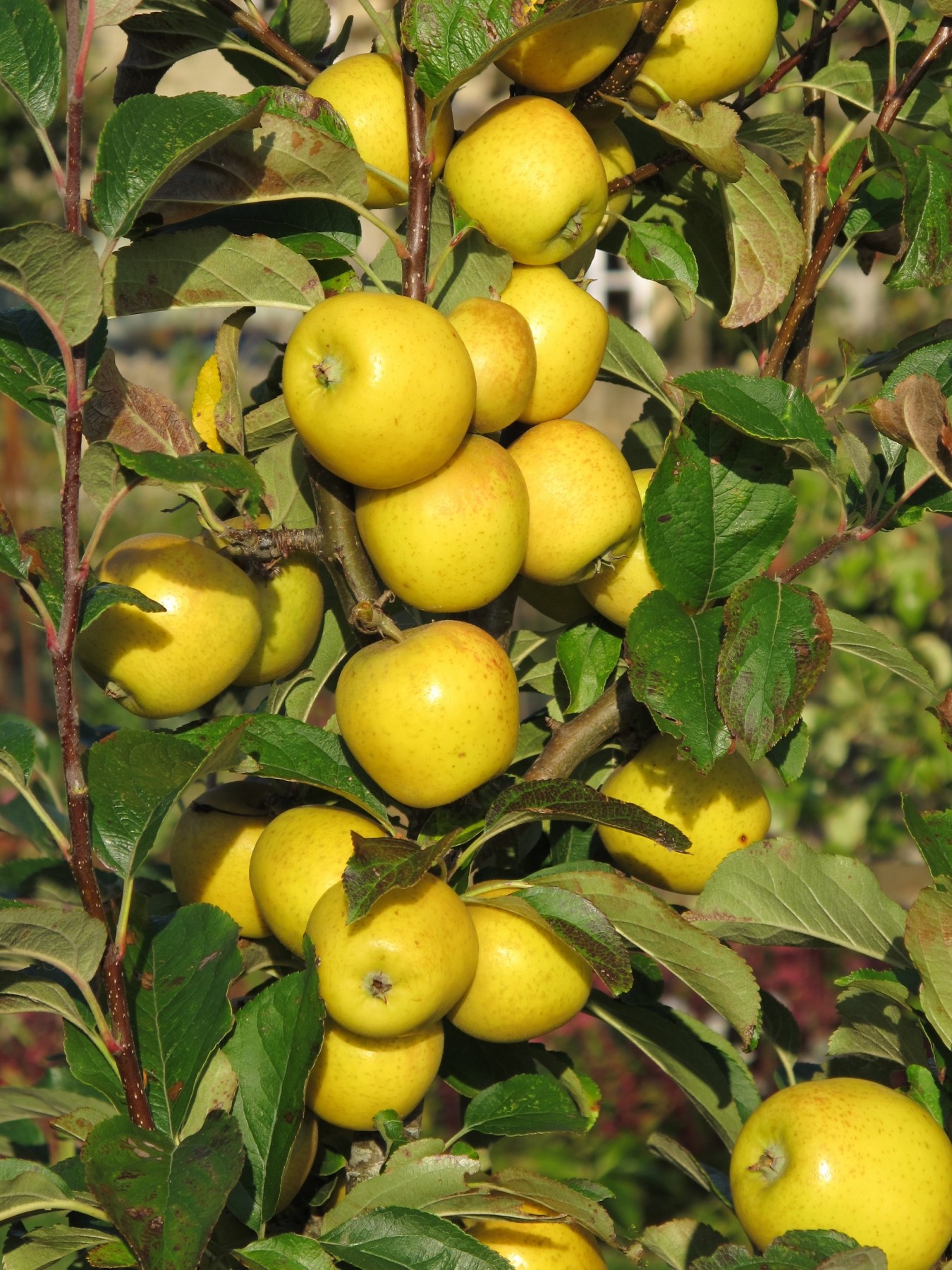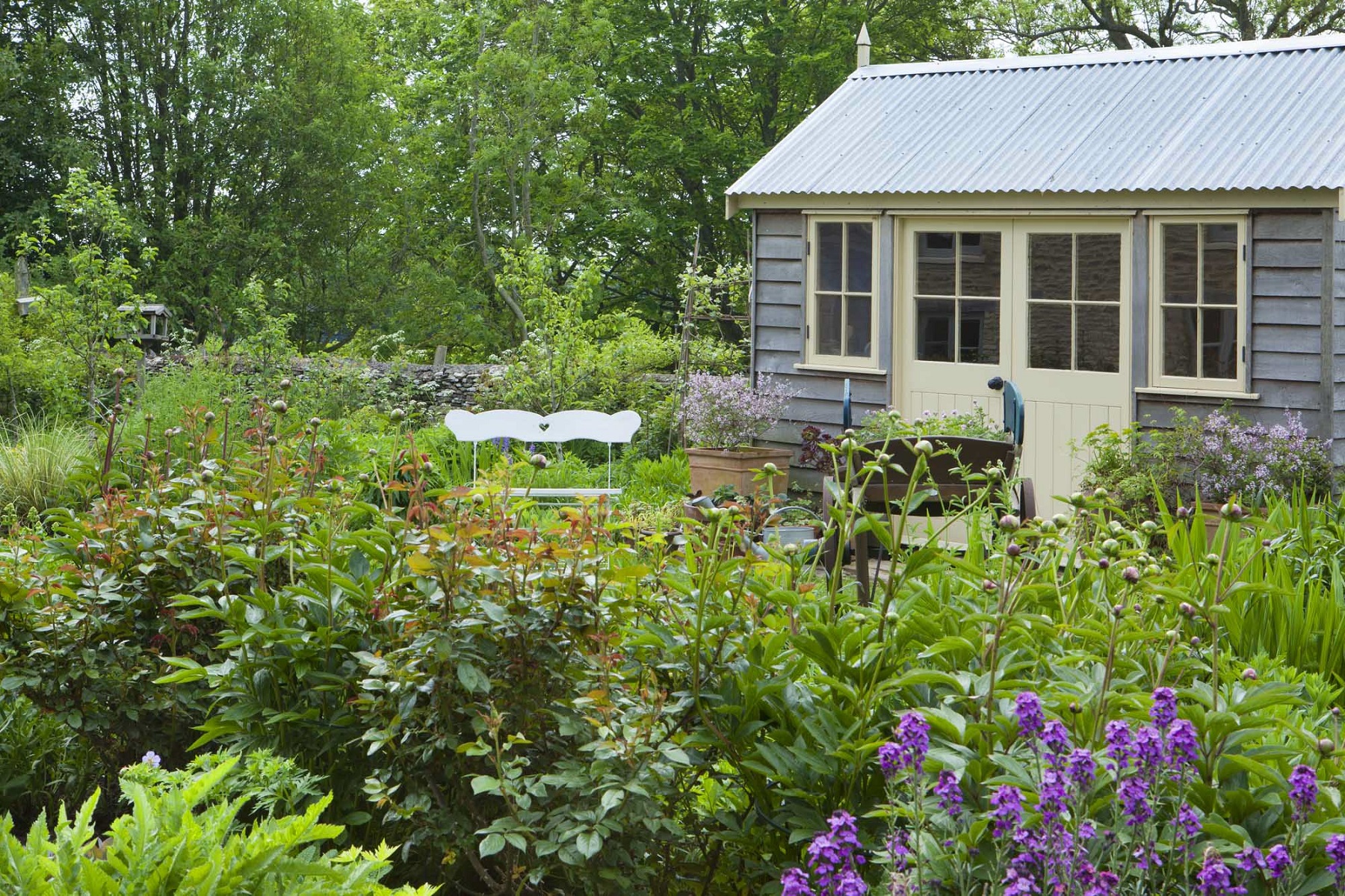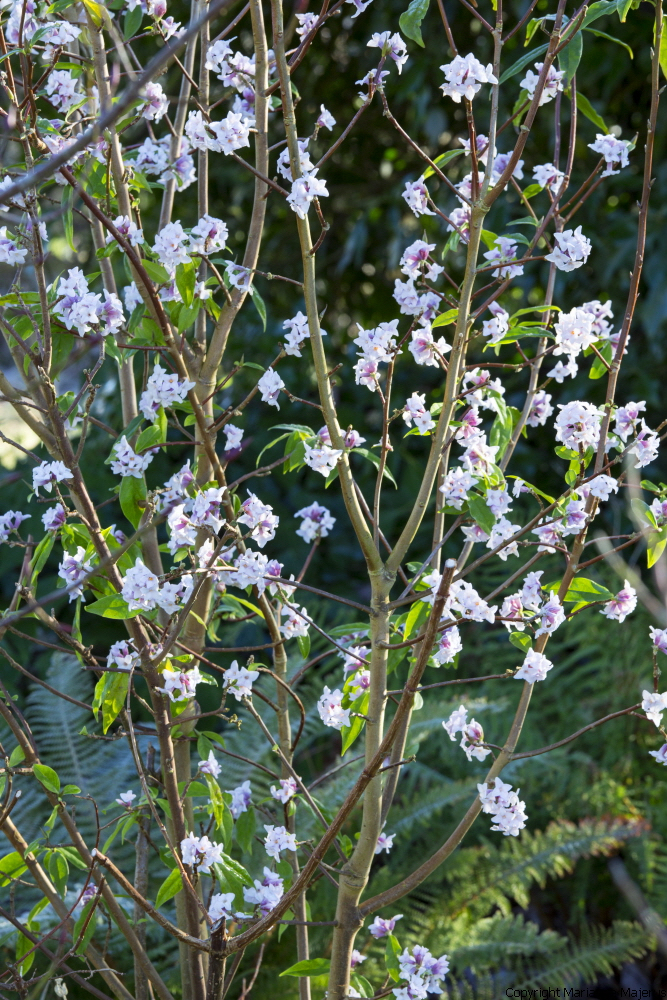
In a moment of madness, on a very wet January day in London, I went hurtling over an uneven pavement and broke my left arm in three places. I was on my way to a delicious Italian lunch, courtesy of one of my editors, which of course I never got. The good news is I’m recovering well, five and a half weeks on, but the loss of dignity still haunts me. It wasn’t just being picked off the pavement, which makes you feel incredibly old, it was a host of little things. I needed to be dressed like a toddler for the first two weeks and the niceties went by the board. Ladies, I couldn’t wear a bra, put on jewellery, make up, or socks. My energy levels also resembled a toddler and by three in the afternoon I was generally fast asleep.
With only one hand, the only option for a dedicated writer was voice recognition so I loaded Dragon software and, after a few glitches, off I went. Those elocution lessons, forced on me when I was young, have proved useful although it has terrible trouble with the name Val. It signs me off as foul, or even worse, bowel. The plant names are terribly interesting too and they have caused me great amusement: thankfully it doesn’t hurt when I laugh. Astilbe comes out ‘as still bees’ and fatsia turns out to be ‘fat see’. Achillea is ‘I kill you’ and kniphofia translates into Nick Sophie. Strangely some of my favourite plants, such as peony, hellebore and snowdrop, emerge correctly.
When I injured my arm I was really worried about my garden. As it turned out, I needn’t have worried because for the last five or six weeks my garden has either been covered in snow or completely frosted. Even a two-handed gardener couldn’t have attempted much in weather like that. Everyone commiserated about the fact that I couldn’t drive, but I probably wouldn’t have gone out on roads like ice rinks anyway. Now the weather is cleared my battered crocuses are beginning to look a little happier and my arm is strong enough to do some gardening.

It’s difficult to tell how much damage that cold snap has done to the garden, because we’ve had prolonged cold weather in the Cotswolds this winter so nothing much has got going. The temperature went down towards -10 C, but it was the searing wind from ‘the Beast from the East’ that did the damage. I’m most worried about our Daphne bholua ‘Jacqueline Postill’, a gloriously fragrant winter flowering shrub. I have three of these columnar daphnes and one of them was glorious. It’s now looking rather sad, but it is protected by a whitebeam tree that isn’t far away so I hope it’s heart is still ticking away.
My other two ‘Jacqueline Postill’ plants were cut back to the ground by bad weather some 10 years ago. They’ve both revived despite the fact that they looked dead some months. It’s amazing how plants come back from the brink, so if you’re looking at something in your garden that looks like a ‘gonner ‘it’s really worth waiting until June or even July before you decide it’s definitely gone for good. Salvias, hebes and fuchsias can and do make amazing recoveries.
The other plant that I would hate to lose is a Himalayan grass called Miscanthus nepalensis. This was given to me by Jaime Blake, the brilliant head gardener of the Dell Garden at Bressingham in Norfolk. Jaime is the son-in-law of the late Alan Bloom (1906-2005 ) and the Dell Garden is one of the best places to see a wide range of herbaceous plants beautifully kept and correctly labelled. The Dell should be a place of pilgrimage for every keen gardener. www.thebressinghamgardens.com
Alan was the leading nurseryman of his day and he pioneered the use of grasses and introduced lots of perennials bred on the Continent, including several miscanthus raised in Germany. Many of his introductions have become classic garden plants and they include the variegated Phlox paniculata ‘Norah Leigh’. This was a tremendous success on the RHS trial held at Wisley between 2011 and 2013. That trial was subjected to horrendously wet year, followed by an extremely dry year, and phloxes relish some moisture. ‘Nora Leigh’ shrugged off the weather and performed for the entire three years.
One of my fellow trial members, Bob Brown, is in to variegated plants. The brasher the better as far as Bob is concerned. ‘Norah Leigh’ is tastefully variegated, with cream and green foliage and not a bit like the hideous green and yellow ‘Becky Towe’, which needless to say Bob is wild about. Bob has an interesting theory about variegated plants. He believes that they are able to survive because they don’t have as much chlorophyll in their leaves. They’re already used to a reduced diet.

My other great worry is Miscanthus nepalensis and it’s looking completely dead at the moment. However I might be lucky because Himalayan plants, from places like northern India and Nepal, are generally very hardy. The thing that sees them off is winter wet round the roots, because in their native lands these plants grow on rocky slopes that shed water once the snows have melted. I’ve placed lots of gravel around this lovely grass and I hope this is sufficient to keep the roots dry. When spring really arrives, perhaps in mid-April, I’ll cut this grass down to nothing and pray that it returns because it’s such a feature. Only the other day someone in the village knocked on the door and asked me what that amazing grass was at the front of the house. It’s my living link with the Dell Garden which, just like Alan, has a special place in my heart.
There are plants that will positively appreciate this cold snap because cold winter weather promotes flower and flower buds in some things. Most apple tree varieties need 1000 hours of cold weather and this is why the county of Kent is able to produce good crops of fruit. Winters are chilly in the south-eastern corner of England, but springs tend to be warm. Light levels are also good because this county is close to the English Channel. Peonies also need cold weather to produce flower buds and they often look miserable after a warm winter. This is why peonies need to be planted quite shallowly, about 2 inches below the soil surface, so that the cold can penetrate the growing points.
A few inches of snow on the woodland garden is generally good news too, because some of the plants that I grow in this area are snow-melt plants. It will suit my trilliums and erythroniums really well, because the ones I grow are North American species that spring up as the snow melts. Species tulips also love a cold snap.
They usually say that March comes in like a lion and goes out like a lamb, well this year it’s been more like a polar bear and it may well happen again. As the North Pole warms up, it pushes bands of cold air further south. It seems that global warming doesn’t necessarily mean warmer weather, although it may mean icier pavements. Most people have a tale to tell about a broken limb, but they were all doing really exciting like skiing or paragliding. I did feel better when I did talk at Great Comp in Kent. One of the audience had broken their leg in their front room.



